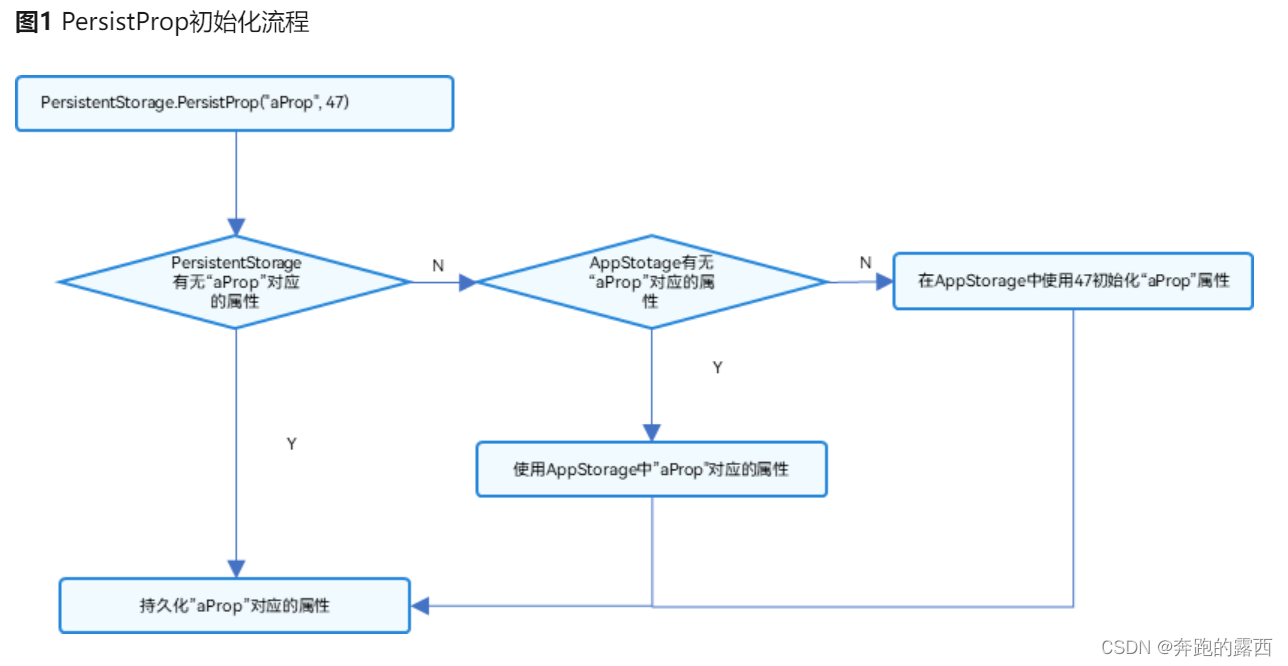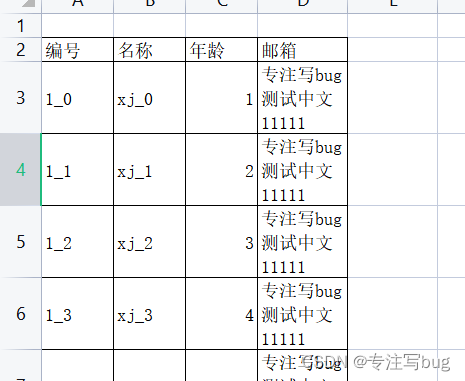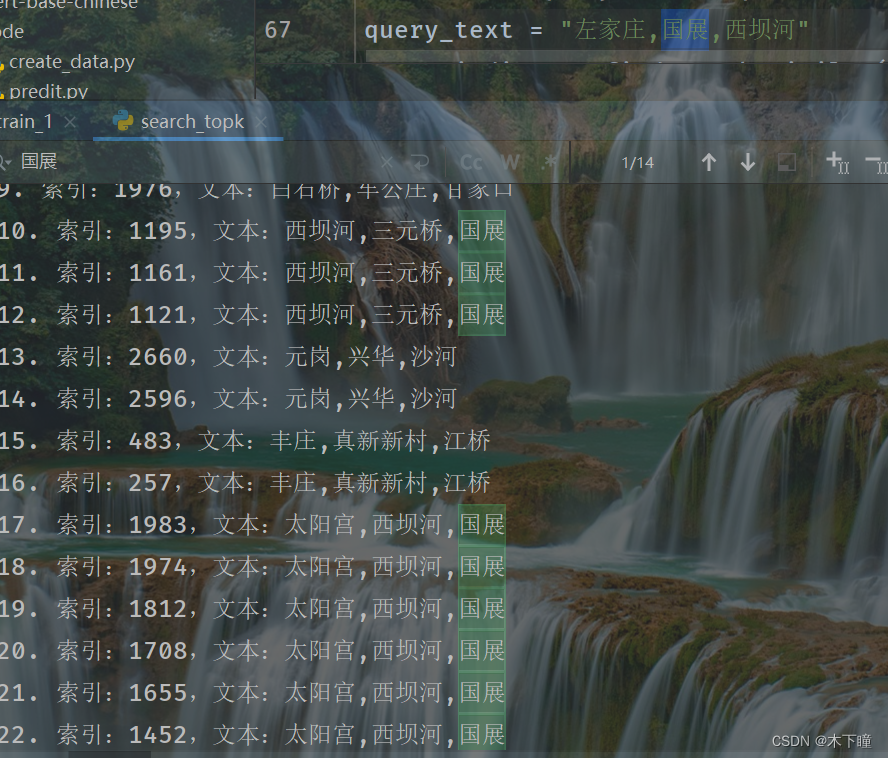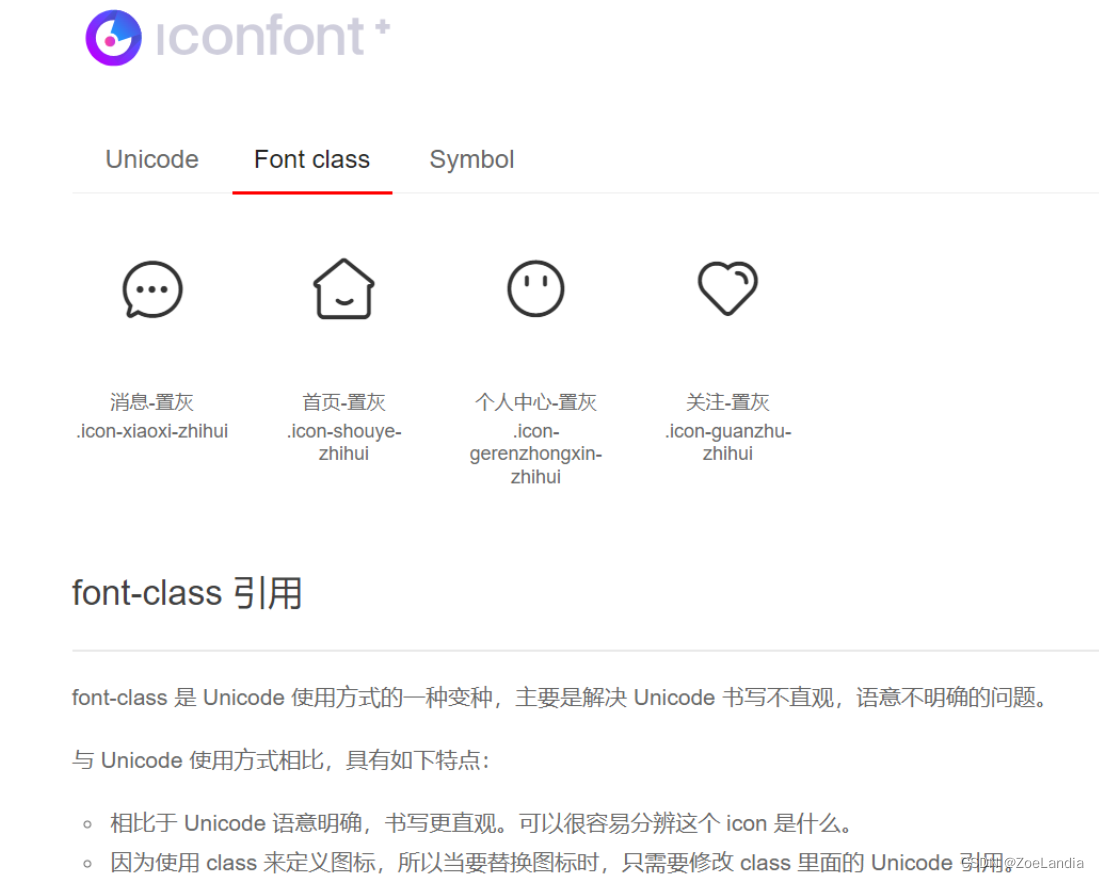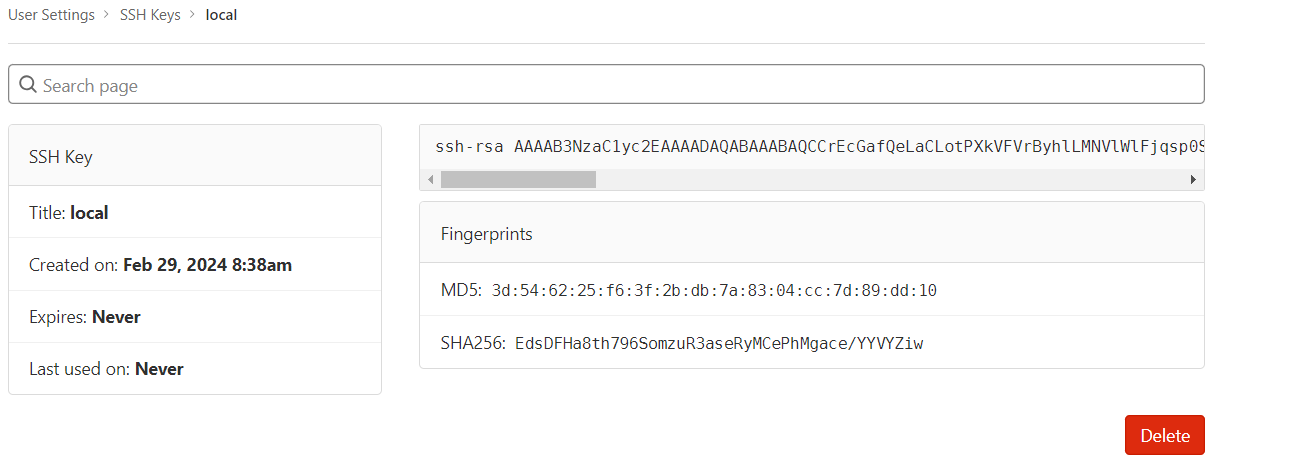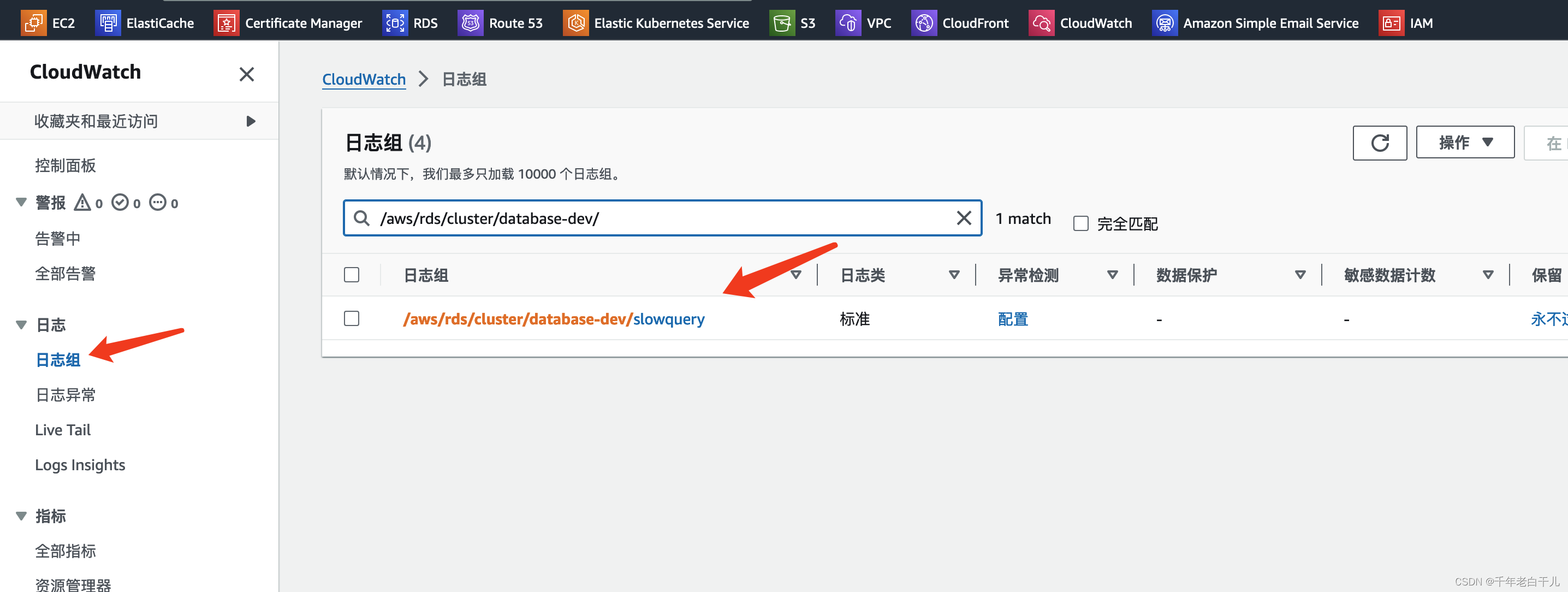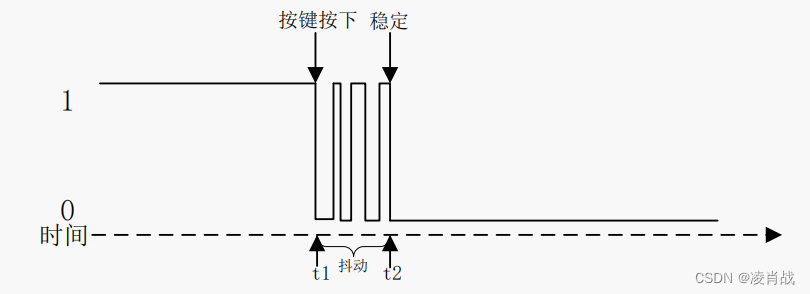一、命名实体识别发展方向
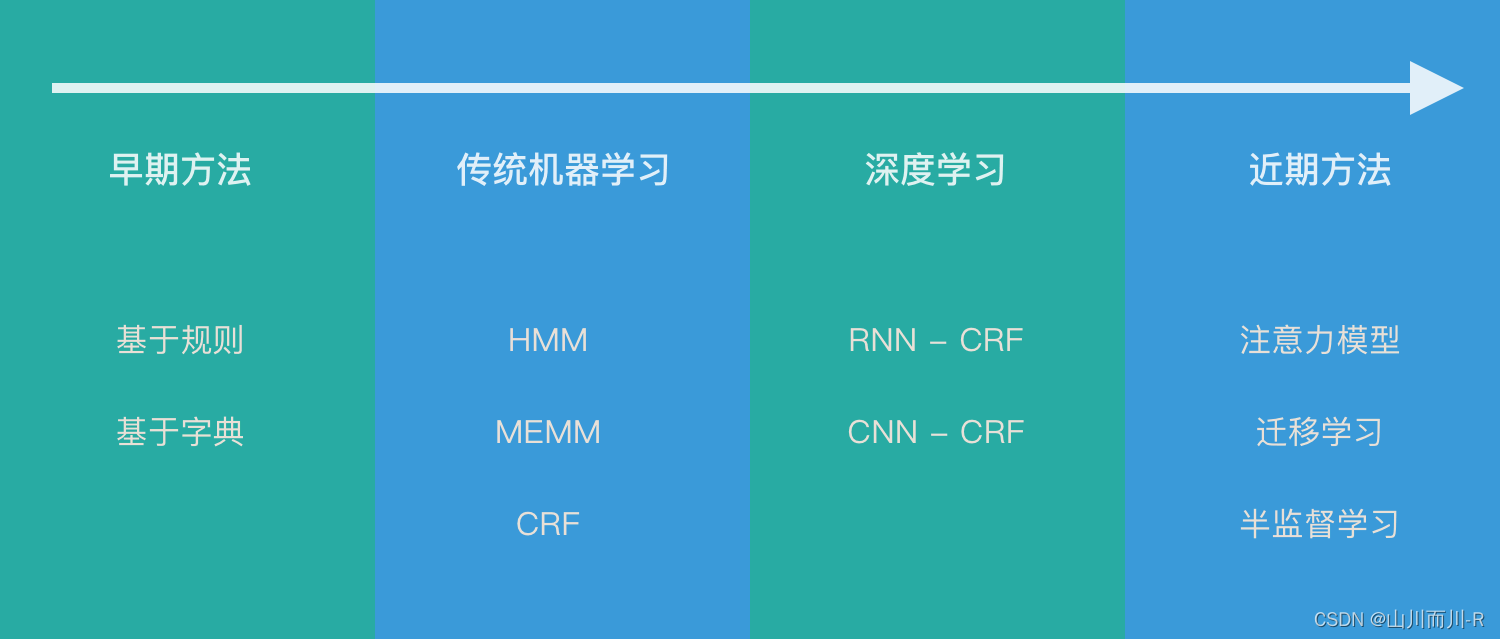
二、中文数据集
CCKS2017开放的中文的电子病例测评相关的数据。
评测任务一:https://biendata.com/competition/CCKS2017_1/
评测任务二:https://biendata.com/competition/CCKS2017_2/
CCKS2018开放的音乐领域的实体识别任务。
评测任务:https://biendata.com/competition/CCKS2018_2/
(CoNLL 2002)Annotated Corpus for Named Entity Recognition。
地址:https://www.kaggle.com/abhinavwalia95/entity-annotated-corpus
NLPCC2018开放的任务型对话系统中的口语理解评测。
地址:http://tcci.ccf.org.cn/conference/2018/taskdata.php
一家公司提供的数据集,包含人名、地名、机构名、专有名词。
下载地址:https://bosonnlp.com/dev/resource
三、相关代码示例
1.Hanlp
HanLP是一系列模型与算法组成的NLP工具包,由大快搜索主导并完全开源,目标是普及自然语言处理在生产环境中的应用。支持命名实体识别。 Github地址:https://github.com/hankcs/pyhanlp
官网:http://hanlp.linrunsoft.com/
# 安装:pip install pyhanlp
# 国内源安装:pip install pyhanlp -i https://pypi.tuna.tsinghua.edu.cn/simple
# 通过crf算法识别实体
from pyhanlp import *
# 音译人名示例
CRFnewSegment = HanLP.newSegment("crf")
term_list = CRFnewSegment.seg("我爱北京天安门!")
print(term_list)
[我/r, 爱/v, 北京/ns, 天安门/ns, !/w]2.NLTK
NLTK是一个高效的Python构建的平台,用来处理人类自然语言数据。
Github地址:https://github.com/nltk/nltk 官网:http://www.nltk.org/
# 安装:pip install nltk
# 国内源安装:pip install nltk -i https://pypi.tuna.tsinghua.edu.cn/simple
import nltk
s = 'I love natural language processing technology!'
s_token = nltk.word_tokenize(s)
s_tagged = nltk.pos_tag(s_token)
s_ner = nltk.chunk.ne_chunk(s_tagged)
print(s_ner)3.SpaCy
工业级的自然语言处理工具,遗憾的是不支持中文。 Gihub地址: https://github.com/explosion/spaCy 官网:https://spacy.io/
# 安装:pip install spaCy
# 国内源安装:pip install spaCy -i https://pypi.tuna.tsinghua.edu.cn/simple
import spacy
eng_model = spacy.load('en')
s = 'I want to Beijing learning natural language processing technology!'
# 命名实体识别
s_ent = eng_model(s)
for ent in s_ent.ents:
print(ent, ent.label_, ent.label)
Beijing GPE 3824.Stanford NER
斯坦福大学开发的基于条件随机场的命名实体识别系统,该系统参数是基于CoNLL、MUC-6、MUC-7和ACE命名实体语料训练出来的。
地址:https://nlp.stanford.edu/software/CRF-NER.shtml
python实现的Github地址:https://github.com/Lynten/stanford-corenlp
# 安装:pip install stanfordcorenlp
# 国内源安装:pip install stanfordcorenlp -i https://pypi.tuna.tsinghua.edu.cn/simple
# 使用stanfordcorenlp进行命名实体类识别
# 先下载模型,下载地址:https://nlp.stanford.edu/software/corenlp-backup-download.html
# 对中文进行实体识别
from stanfordcorenlp import StanfordCoreNLP
zh_model = StanfordCoreNLP(r'stanford-corenlp-full-2018-02-27', lang='zh')
s_zh = '我爱自然语言处理技术!'
ner_zh = zh_model.ner(s_zh)
s_zh1 = '我爱北京天安门!'
ner_zh1 = zh_model.ner(s_zh1)
print(ner_zh)
print(ner_zh1)
[('我爱', 'O'), ('自然', 'O'), ('语言', 'O'), ('处理', 'O'), ('技术', 'O'), ('!', 'O')]
[('我爱', 'O'), ('北京', 'STATE_OR_PROVINCE'), ('天安门', 'FACILITY'), ('!', 'O')]
# 对英文进行实体识别
eng_model = StanfordCoreNLP(r'stanford-corenlp-full-2018-02-27')
s_eng = 'I love natural language processing technology!'
ner_eng = eng_model.ner(s_eng)
s_eng1 = 'I love Beijing Tiananmen!'
ner_eng1 = eng_model.ner(s_eng1)
print(ner_eng)
print(ner_eng1)
[('I', 'O'), ('love', 'O'), ('natural', 'O'), ('language', 'O'), ('processing', 'O'), ('technology', 'O'), ('!', 'O')]
[('I', 'O'), ('love', 'O'), ('Beijing', 'CITY'), ('Tiananmen', 'LOCATION'), ('!', 'O')]
5.Crfsuite
可以载入自己的数据集去训练CRF实体识别模型。
文档地址:
https://sklearn-crfsuite.readthedocs.io/en/latest/?badge=latest
代码已上传:https://github.com/yuquanle/StudyForNLP/blob/master/NLPbasic/NER.ipynb
四、 总结
命名实体识别是自然语言处理应用中的重要步骤, 它不仅检测出实体边界,还检测出命名实体的类型,是文本意义理解的基础。 本文阐述了命名实体识别的研究进展,从早期基于规则和词典的方法,到传统机器学习的方法,到近年来基于深度学习的方法, 神经网络与 CRF 模型相结合的 NN-CRF 模型依旧是目前命名实体识别的主流模型。 未来的研究中,数据标注和非正式文本(评论、论坛发言等未出现过的实体)仍会是两个挑战。迁移学习、对抗学习、远监督学习方法以及图神经网络、注意力机制、NER模型压缩、多类别实体、嵌套实体、实体识别和实体链接联合任务等都会是NER未来研究的重点。

